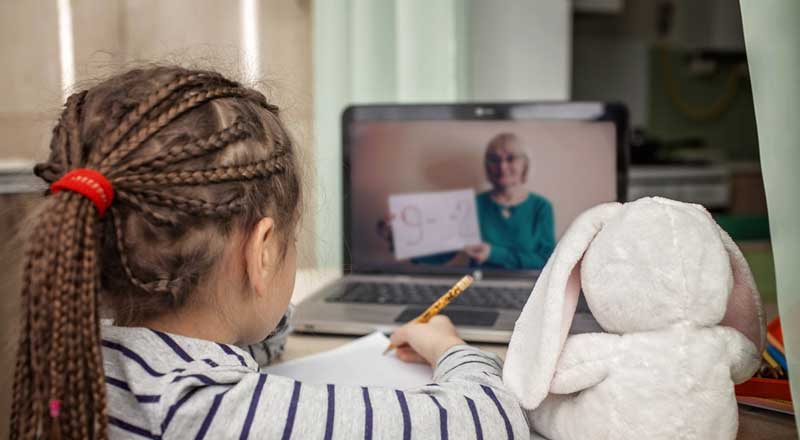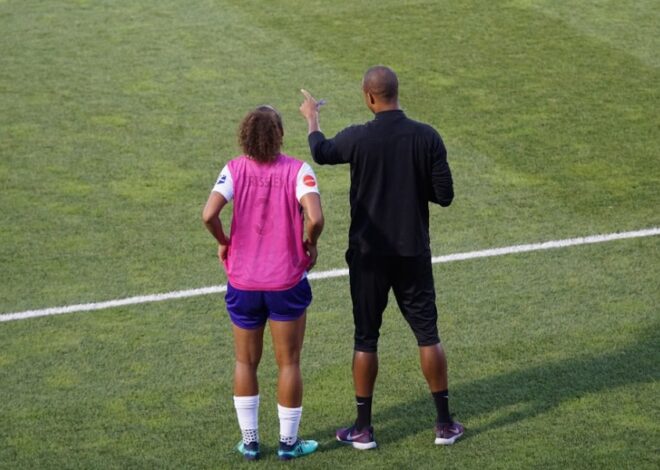Once their baby begins walking and talking, many parents find themselves wondering how to discipline their toddler. While the idea of “discipline” has negative connotations for many, disciplining your child provides necessary boundaries and age-appropriate consequences. With toddlers, many effective discipline techniques deal more with preventing behavior issues and tantrums than with punishment. With some thought and strategy, you can provide effective discipline for your child from age one to three.
Ease Transitions
Many toddler tantrums or issues happen during transitions. Toddlers often become upset at leaving the playground or having to go to the car in the middle of building with blocks. If you let your toddler know about upcoming transition, he will know what to expect and feel more in control. One method is to give your toddler a 5 minute, 3 minute and 1 minute warning that it is time to leave. You can help your toddler understand the concept by showing the number of fingers for the time that is left. Another strategy is to set the kitchen timer and let your toddler know that it is time to move to the next activity when the timer goes off.
Distract Your Toddler
If your toddler is becoming upset because he wants something, such as a box of cookies at the store, try to distract your toddler. Point out another item, such as “Look at the little boys shirt,” or offer a fun activity to do together. Toddlers have short memories and can often be easily engaged in another activity or thought process.
Avoid Potential Issues
Another effective discipline strategy for toddlers is to find strategies to avoid common problems. If your child constantly pulls the pots onto the floor, you can put cabinet locks on the doors. If there is a particular item in your house that you are always fussing at your child to leave alone, put the item in a safe place until your child is older. You can also avoid outings near mealtimes if your toddler often becomes fussy. When your toddler is older, you can teach him to leave the item alone or wait patiently at the post office.
Deal With Tantrums
A fact of life with toddlers is that he is most likely going to throw a tantrum at some point and it will probably be in a public place. The best way to deal with the tantrum is to quickly take him to a quiet place and help him calm down. Try to keep calm and not get frustrated. After the tantrum is over, determine what helped cause the tantrum. Many toddlers have tantrums because they are tired or hungry.
Turn a Task Into a Game
A fun way to get your toddler to listen and follow directions is to play a simple game to get the task completed. For example, if you want him to walk to his bedroom for a nap, you can tell him that you are both going to hop like a frog down the hall. Another idea is to race against a time to complete a cleanup task. If he has become antsy in the stroller, then you can count the blue cars in the parking lot together or see how many birds you can find on the walk into the store. You can come up with games tailored to your child’s interests and the common tasks you need him to complete.
Offer Choices to Your Toddler
Many discipline issues arise with toddlers because they want to be in control. When possible, offer your toddler choices during the day. For example, let them pick between two shirts or which book they want to read at bedtime. Although there are many times that your toddler does not have a choice during the day, by letting him make decisions when feasible, he may be more compliant with the decisions that are non-negotiable.
Time Out
Once your toddler is at least two years of age, you can introduce time out. Time out is a way of removing your child from the situation and provide an opportunity for him to think about what he did. Have your child sit in a chair or specific spot for the same number of minutes as his age. For example, a two year old will sit in time out for two minutes. If your child gets up from time out, calmly put him back in the time out spot and start the time over.
Another variation of time out is to put a specific toy in time out. You can use this technique if your toddler is throwing a toy or hitting his sister with it. Toy timeouts also work if two children are not sharing a toy.





